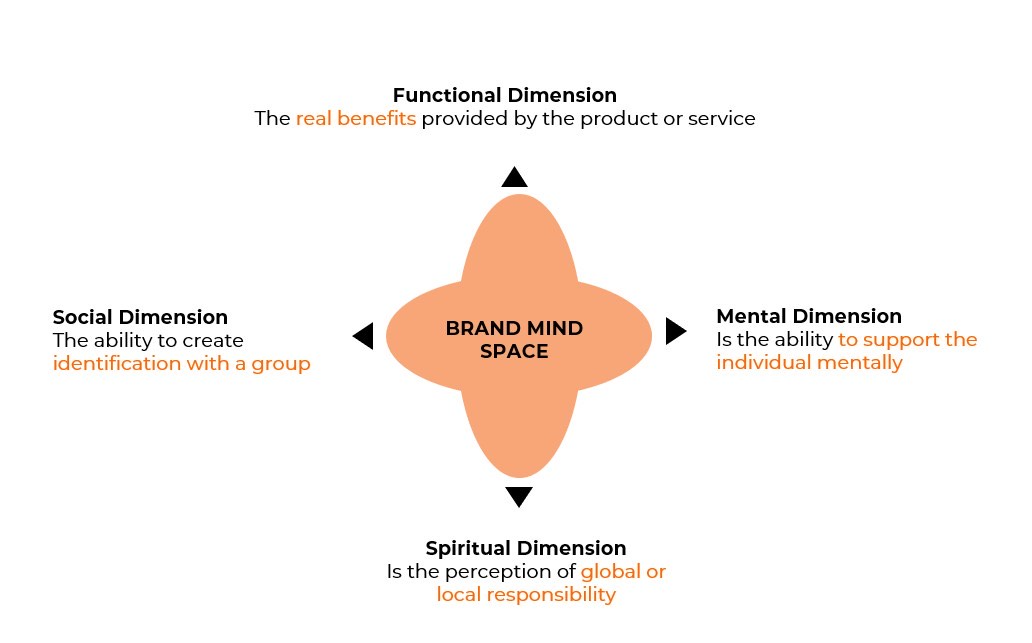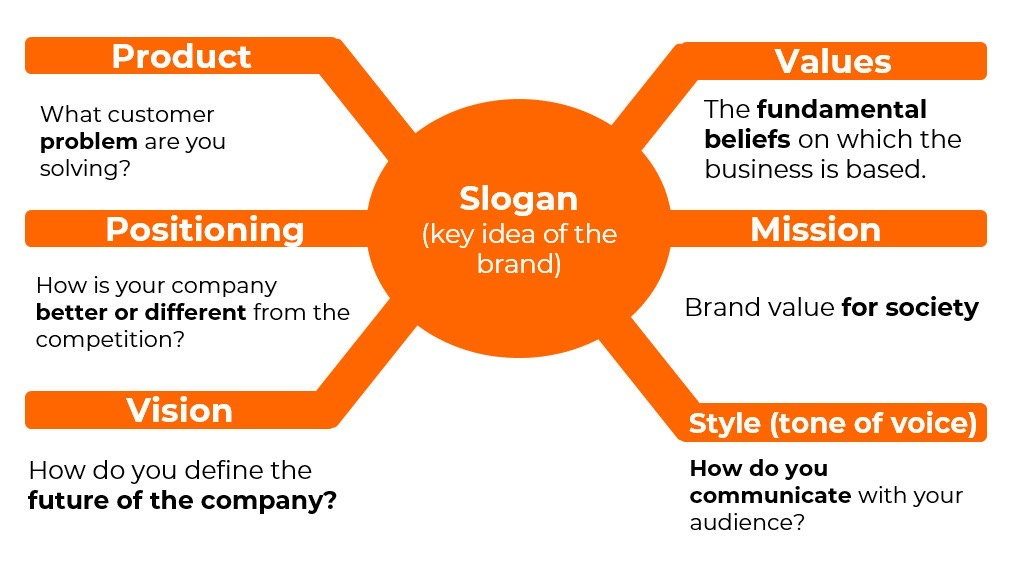What comes to mind when you think of the world's most beloved brands? Is it their logos? Their catchy slogans? Or perhaps it’s the way they make you feel — inspired, understood, or connected. That’s the true power of branding.
It is surprising how many potential clients, investment opportunities, and teams neglect to cultivate a strong brand identity. Even when a product requires substantial refinement, a compelling brand that resonates with its audience can make a monumental difference — both in perception and profitability.
As a Brand Manager at Zubr Capital I have made it my mission to guide both the company and its portfolio businesses in creating brands that stand the test of time. Are you ready to elevate your brand? Let’s explore the key elements that turn ordinary brands into unforgettable ones.
Quick Refresher: What’s in a Brand?
Think of a brand as a living, breathing entity. It’s not just about a logo or a tagline; it’s the entire experience your business offers to its audience. Great brands don’t just sell products; they tell stories and create connections. They build trust, spark emotions, and leave lasting impressions.
Consider the likes of Apple or Disney. Mention their names, and vivid imagery and emotions immediately come to mind. That’s because these companies have mastered the art of branding, focusing on consistency and creating value at every touchpoint. To follow their lead, you need to find ways to develop your brand using effective methodologies.
Building a Brand: The Essential Ingredients
At Zubr Capital, one of the most effective approaches to branding is inspired by the 4D Branding model developed by Thomas Gad. This framework breaks branding into two key elements: Brand Mind Space and Brand Code. Let’s unpack them.
The Dimensions of Brand Mind Space

Imagine your brand as a multi-faceted gem, with each dimension reflecting a different aspect of human needs. These dimensions ensure your brand connects deeply with its audience:
Functional Benefits: What practical value does your product or service provide? Think efficiency, reliability, or convenience.
Social Identity: How does your brand help your audience feel part of a community or a group?
Emotional Support: In what ways does your brand resonate with personal aspirations or values?
Spiritual Connection: Does your brand reflect a commitment to a larger purpose, like sustainability or social responsibility?
Picture your brand as a character. What role does it play in your customers’ lives? How does it make them feel? These questions are the foundation of creating a brand that truly matters.
The DNA of a Brand: The Brand Code
 While the Brand Mind Space focuses on connection, the Brand Code establishes the structure and purpose of your brand. It’s the strategic blueprint that ensures clarity and alignment. Here are its six core components:
While the Brand Mind Space focuses on connection, the Brand Code establishes the structure and purpose of your brand. It’s the strategic blueprint that ensures clarity and alignment. Here are its six core components:
Problem-Solving: What challenges does your product or service address?
Positioning: What sets your brand apart from competitors?
Vision: What future does your brand aspire to create?
Values: What principles guide your decisions and actions?
Mission: How does your brand contribute to society?
Style: What tone and personality define your communication?
The Brand Manager’s Playbook
A brand’s success doesn’t happen by accident. Behind every great brand is a dedicated Brand Manager who understands the importance of strategy, consistency, and execution. This individual’s role is not just about creating a brand but ensuring it evolves with purpose and remains relevant.
The Brand Manager’s approach involves three key stages:
Defining the Audience: Who are you speaking to? Customers? Investors? Employees? Each group requires a tailored approach.
Clarifying the Brand’s Core: What are the non-negotiables? Your mission, values, and vision must be crystal clear.
Crafting the Message: How will your brand’s story be told? The platforms and style you choose will shape perceptions.
Here’s an example: A local bank could focus on its daily functions, like opening accounts or issuing loans. But what if it instead highlighted the bigger picture – helping families buy their dream homes or supporting entrepreneurs in building businesses? By emphasizing the value it brings, the bank can create a brand that resonates on a deeper level.
In Conclusion: The Power of Strategic Branding
In today’s crowded marketplace, a strong brand is your biggest competitive advantage. It’s the difference between being forgettable and being the first name that comes to mind. At Zubr Capital, I work to ensure that every brand I touch is not just polished but purpose-driven.
Whether you’re starting from scratch or refining an existing identity, the principles shared here can guide you. Remember, a brand isn’t just about what you sell – it’s about how you make people feel. Build a brand that resonates, and you’ll create connections that last a lifetime.


